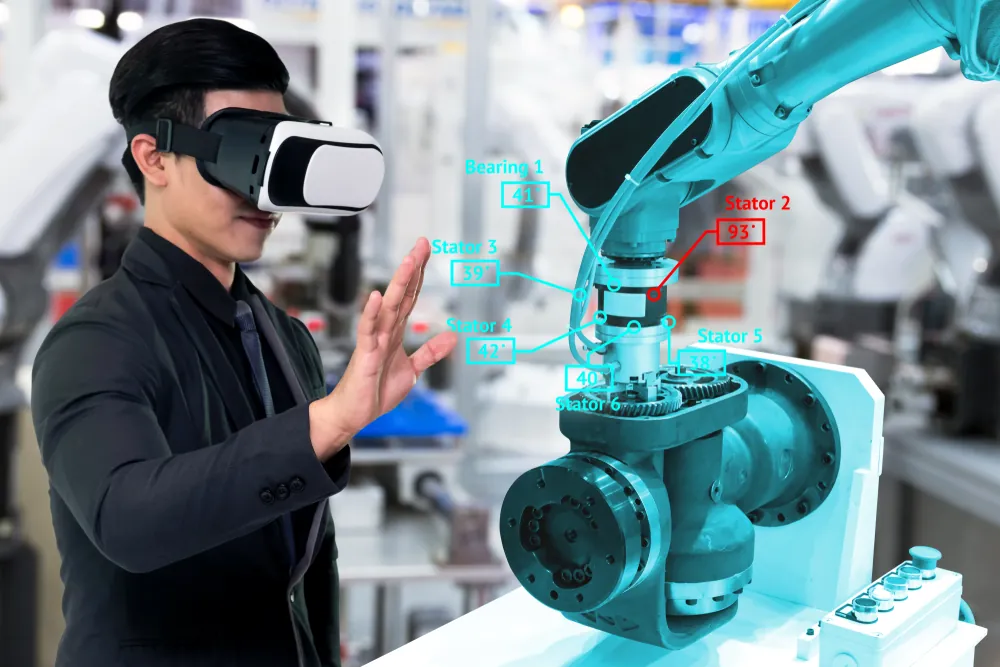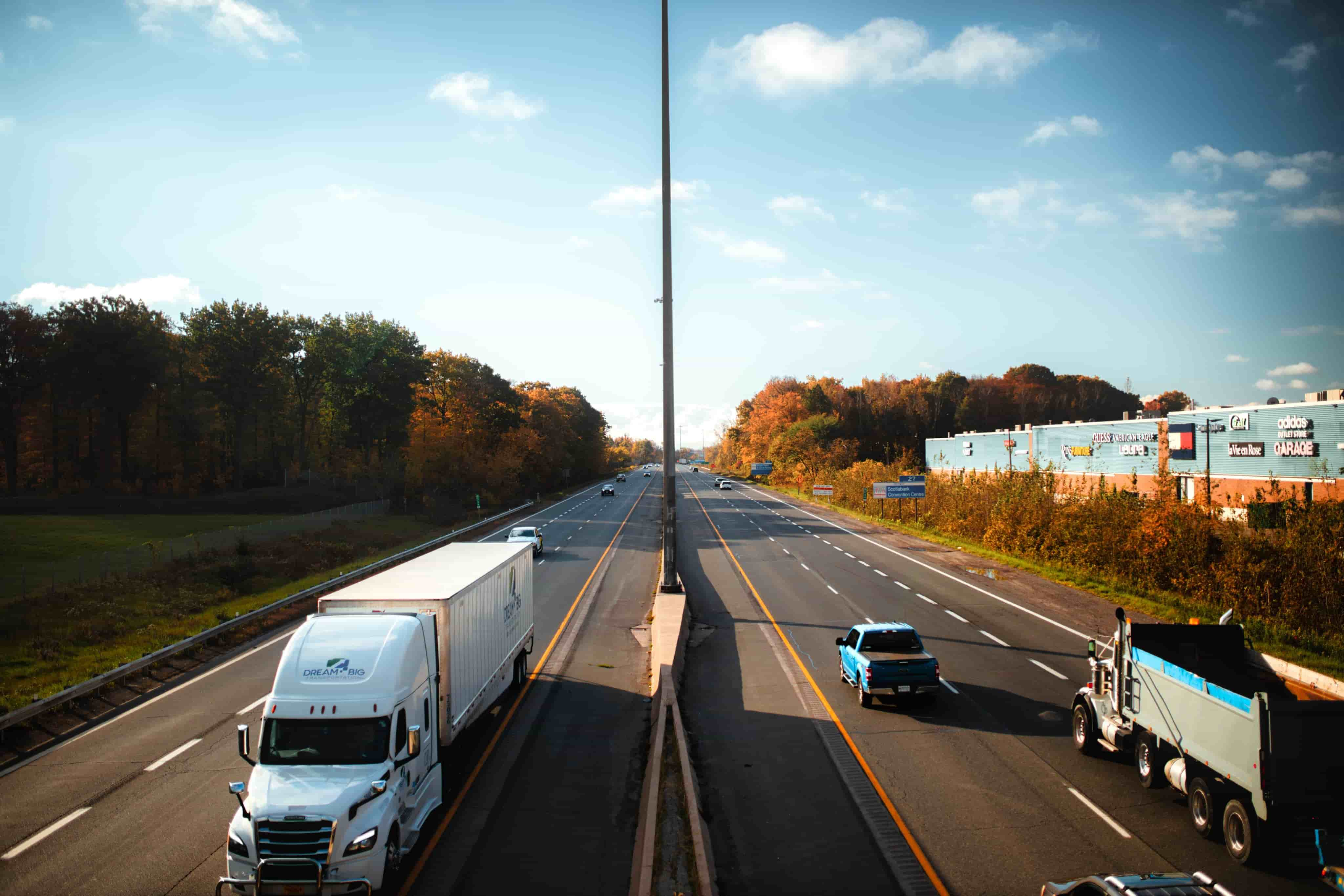
Virtual Reality Truck Driver Training Is the Real Deal
Discover how virtual reality (VR) is transforming truck driver training, offering realistic simulations tailored to each vehicle and scenario.
Virtual Reality Truck Driver Training Is the Real Deal, and only a few things in the shipping industry are as critical as good truck driver training. Drivers must learn to handle any kind of situation they encounter, from ice storms to drunk drivers. The consequences of slow or unsuitable reactions can cost people their lives and carriers tens of thousands of dollars. Many types of training have been implemented over the years, with varying results. Now, virtual reality (VR) truck driver training is gaining traction, and with good reason.
Since 1992, truck drivers have been required to hold a commercial driver’s license (CDL). Commercial truck driver training schools throughout the country train prospective truck drivers through a combination of in-class and on-the-road training that usually lasts three-to-four weeks. The training prepares them to earn a Class A CDL.
This Class A CDL permits drivers to operate a combination of vehicles with a gross vehicle weight rating (GVWR) of more than 26,000 pounds, as long as the vehicles being towed have a GVWR of at least 10,000 pounds. The most common heavy-duty truck fitting that description is a tractor-trailer.
Standard in-class and closed-course training does a good job (depending on the school) of teaching the basics. It helps students get their license but cannot realistically replicate every circumstance a driver will face on the road. Another drawback with in-class training is that you can’t tell from the answers on a multiple-choice test whether the student knew the right answer or just guessed it. Virtual reality truck driver training overcomes these issues.
Carriers that hire new drivers — many only hire experienced drivers — tend to have in-house training programs as an alternative to the private CDL training schools. In other words, you could skip the private school training and get a job with a carrier to train you. Their programs also give recent graduates from private schools more real-world experience before they start carrying freight. Several carriers have been the early adopters of virtual reality truck driving training.
Since 1992, truck drivers have been required to hold a commercial driver’s license (CDL). Commercial truck driver training schools throughout the country train prospective truck drivers through a combination of in-class and on-the-road training that usually lasts three-to-four weeks. The training prepares them to earn a Class A CDL.
This Class A CDL permits drivers to operate a combination of vehicles with a gross vehicle weight rating (GVWR) of more than 26,000 pounds, as long as the vehicles being towed have a GVWR of at least 10,000 pounds. The most common heavy-duty truck fitting that description is a tractor-trailer.
Standard in-class and closed-course training does a good job (depending on the school) of teaching the basics. It helps students get their license but cannot realistically replicate every circumstance a driver will face on the road. Another drawback with in-class training is that you can’t tell from the answers on a multiple-choice test whether the student knew the right answer or just guessed it. Virtual reality truck driver training overcomes these issues.
Carriers that hire new drivers — many only hire experienced drivers — tend to have in-house training programs as an alternative to the private CDL training schools. In other words, you could skip the private school training and get a job with a carrier to train you. Their programs also give recent graduates from private schools more real-world experience before they start carrying freight. Several carriers have been the early adopters of virtual reality truck driving training.
Carriers that adopt VR truck driver training do so for several reasons, which might include:
- VR simulations are custom made for each model vehicle and driving situation. The driver sits in an actual truck seat and handles the wheel, both of which react realistically as the simulator is “driven” by the student driver. This enables new drivers to learn how to handle their rig in any driving situation before they ever get on the road.
- Paying for the technology is less expensive than the costs of accidents involving inexperienced drivers.
- Young people have used VR in games, and the trucking industry needs to attract more young drivers. The average age among today’s drivers is 55 years old. Many drivers will retire in the next 10 years, and carriers actively seek replacements. Making training feel like a familiar game helps overcome any preconceived notions young student drivers may have about driving a truck.
- Training sessions can be recorded, so there is no question as to whether the student driver knew or didn’t know what to do. There is no multiple choice in VR truck driver training.
Three objections held VR back for a while. The technology (hardware and software) was expensive, some VR users experienced nausea, and the graphics did not present a clear view of the dashboard. The technology costs are lower, the graphics are superior, and there’s a workaround for the nausea problem.
Not only is VR truck driver training gaining traction, but it’s also moving into other areas of driver training.
Driving a truck comes with its own set of dangers, almost all on the road. However, drivers of hazardous materials face other dangers once they reach their destination and transition from being drivers to product handlers.
Trimac Transportation reasoned that if drivers could be trained to operate their vehicles more safely using VR, they could also learn to handle their cargo with less risk. They saw that even their most experienced drivers sometimes made the wrong snap decisions when trying to avert a hazardous accident. It became clear that a driver who had only read about what to do during a once-in-a-lifetime disaster scenario was not equipped to handle it.
For those reasons, they now train drivers in hazardous product handling using VR. With VR, the drivers develop muscle memory for each situation, allowing them to take the right course of action instinctively rather than thinking about what they were trained to do.
VR truck driver training is just one more example of how the shipping industry adopts the latest technology to improve safety, reliability, timeliness, and customer service.
At FreightCenter, we use a combination of advanced technology and human shipping experts to provide our customers with the service they need to be successful shippers. If you’re ready to ship something, get a free quote instantly.
Awards and Endorsements
- 2021, 2017 & 2016 Food Logistics’ Top Green Providers
- 2021 & 2018 Supply & Demand Chain Executives’ Pros to Know: Matthew Brosious
- 2020 & 2019 Top Food Logistics’ 3PL & Cold Storage Provider Award
- 2020 & 2019 Business Observer’s Top 500 Companies on the Gulf Coast
- 2020 & 2019 Business Observer’s Top 500 Companies on the Gulf Coast
- 2020 & 2017 Food Logistics’ Champions: Rock Stars of the Supply Chain
- 2020 Best of Palm Harbor Awards for Local Businesses
- 2017 Green Supply Chain Award from Supply & Demand Chain Executive
- 2017 Tampa Bay Business Journal Heroes at Work
- 2016, 2015, & 2012 Food Logistics Top 100 Software and Technology Providers
- 2013 Tampa Bay Business 100 by Tampa Bay Business Journal
- 2013 Top 100 Great Supply Chain Partners by SupplyChainBrain
- 2012 TIA Samaritan Award Honorable Mention
- 2012, 2011 & 2010 TBBJ Fast 50 Recipient

To create value for our customers by delivering customized shipping solutions that meet their unique needs and to fulfill shipping demands from simple to complex with expertise, guidance and ingenuity.
Rail shipping is a cost-effective and environmentally friendly transportation method that utilizes trains to move goods over long distances. It's known for its efficiency in handling large volumes of cargo, making it a sustainable and economical choice for businesses seeking reliable freight transport options.
Expedited shipping is a premium service designed to meet urgent delivery needs. It prioritizes speed and quick turnaround, ensuring that packages or goods reach their destination faster than standard shipping options. Expedited shipping is the go-to choice when time-sensitive deliveries are essential, providing businesses and individuals with reliable and prompt service for critical shipments.
White glove shipping is a premium service that goes beyond standard delivery, offering meticulous handling, specialized packaging, and in-home setup or installation for valuable or delicate items, ensuring a seamless and hassle-free experience for customers.
Less than truckload (LTL) shipping is a smart logistics solution for businesses with smaller shipments. It combines multiple smaller shipments into a single truckload, optimizing space and reducing costs. LTL shipping offers affordability and efficiency while ensuring timely delivery, making it an ideal choice for companies looking to save on transportation expenses without compromising on service quality.
We provide competitive freight shipping prices and an all-inclusive, easy-to-use shipping experience for our customers. Exceeding our customers’ expectations results in thousands of satisfied customer reviews and repeat business. We believe in the power of our customer relationships. Check out FreightCenter reviews from real customers, and learn what they have to say about their freight shipping experience!


